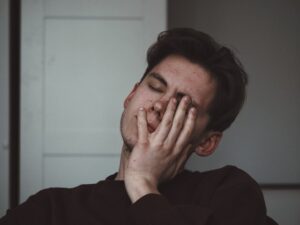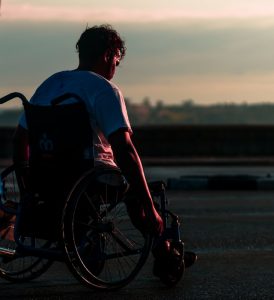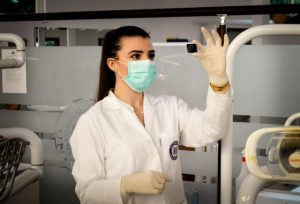
Can Microblading Help a Person With Alopecia Totalis, Trichotillomania, Or Autoimmune Disorders?
Microblading is a procedure that allows a person to create realistic-looking hair strokes to fill in thin or sparse areas of their face. It can also be used for people suffering from alopecia totalis, trichotillomania, or autoimmune disorders.
Treatment for alopecia totalis
If you suffer from alopecia totalis, best microblading Long Island, NY may be an effective treatment. Scalp micro pigmentation can help conceal the appearance of alopecia, but it cannot cure the condition. It is a technique used to help create a natural look that matches your skin tone.
The process involves placing pigments on the scalp in different densities. This helps camouflage hair loss and promotes regrowth. However, regrowth is limited and does not match the color of natural hair.
Alopecia totalis occurs on the head, but it can also affect other body parts. The most common symptoms include patchy, uneven hair growth and bald spots.
Treatment for alopecia totalis involves a variety of medications. These may include a topical medication that tricks the immune system into sending white blood cells to the area.
Another method is a procedure called laser hair removal. This is a fast and inexpensive way to remove unwanted hair from the body. Lasers work by removing hair from the scalp, but they will not prevent future regrowth.
Treatment for trichotillomania
Trichotillomania, or “Trich,” is a disorder characterized by solid and uncontrollable urges to pull hair from different body parts. It can be highly upsetting and distressing for those who suffer from it.
In addition to pulling hair, people with this disorder may experience other symptoms, including bald patches on the scalp, eyebrows, and eyelids. They also may be embarrassed or ashamed of their condition.
There are several effective methods for trichotillomania treatment. One of them is microblading. This semi-permanent makeup procedure uses tiny hair-like strokes to give the appearance of full, thick eyebrows. The process begins with a consultation with an expert who will outline your skin.
After drawing your outlines, the artist will apply numbing cream to the permanent areas of your eyebrows and scalp. Microblading experts then use a handheld tool to make tiny scratches in the skin.
While this treatment is not for everyone, it can be an excellent option for some. It can help restore full, beautiful eyebrows and can make an individual feel more confident.
Treatment for thin, sparse brows
Many cosmetic procedures and techniques can help you improve the appearance of your thin, sparse eyebrows. The trick is to choose the proper method for your needs and follow aftercare instructions to ensure a lasting effect.
One of the best treatments for thinning brows is microblading. This semi-permanent technique can make your eyebrows look fuller, thicker, and more natural. It can last up to 12 months, depending on the pigment in your skin.
Microblading uses a handheld tool with tiny needles to create shallow strokes on the brow. The color that is applied matches your natural hair colors, and it is mixed with a solution to fit your skin tone.
Before your appointment, you should be aware of the potential risks associated with the procedure. You should also know that the body absorbs the pigment after applying the tattoo. During this time, your eyebrows may darken, and you may experience some swelling and tenderness. Usually, the redness will subside within a few days.
Treatment for autoimmune diseases
If you suffer from an autoimmune disease, traditional treatment methods fail to relieve your symptoms. While you may not be able to cure the underlying cause, you can improve your health with some lifestyle modifications. These can include avoiding processed foods, eating whole foods, and exercising regularly.
However, you should always consult your doctor before you undergo any treatment. Your condition may affect the duration of the procedure, or it could increase your risk of infection. For example, you’ll need to be examined before the process if you have a blood disorder. Likewise, you may need to avoid certain drugs, such as Retin-A.
In addition, you should also discuss the possibility of side effects with your physician. For example, you might experience minor bleeding, swelling, or redness during the procedure. Although these are rare, you’ll want to get them checked out by a physician to be on the safe side.
Another thing to consider is your skin type. Some people may be more sensitive to the procedure than others, making it more painful. You may be more prone to infections, especially if you have a weakened immune system. Likewise, your skin may heal more slowly than other people.


















